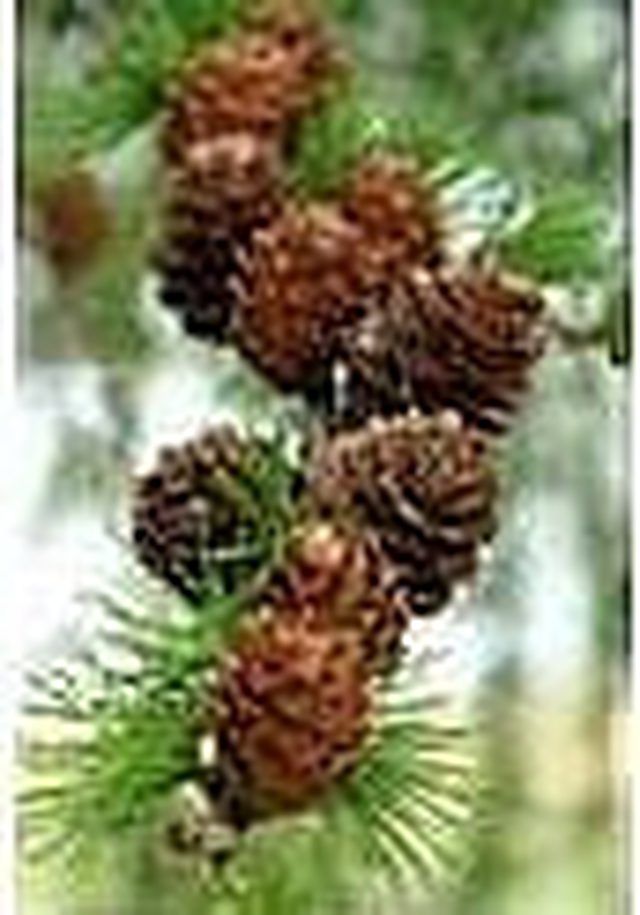Bulbs
Flower Basics
Flower Beds & Specialty Gardens
Flower Garden
Garden Furniture
Garden Gnomes
Garden Seeds
Garden Sheds
Garden Statues
Garden Tools & Supplies
Gardening Basics
Green & Organic
Groundcovers & Vines
Growing Annuals
Growing Basil
Growing Beans
Growing Berries
Growing Blueberries
Growing Cactus
Growing Corn
Growing Cotton
Growing Edibles
Growing Flowers
Growing Garlic
Growing Grapes
Growing Grass
Growing Herbs
Growing Jasmine
Growing Mint
Growing Mushrooms
Orchids
Growing Peanuts
Growing Perennials
Growing Plants
Growing Rosemary
Growing Roses
Growing Strawberries
Growing Sunflowers
Growing Thyme
Growing Tomatoes
Growing Tulips
Growing Vegetables
Herb Basics
Herb Garden
Indoor Growing
Landscaping Basics
Landscaping Patios
Landscaping Plants
Landscaping Shrubs
Landscaping Trees
Landscaping Walks & Pathways
Lawn Basics
Lawn Maintenance
Lawn Mowers
Lawn Ornaments
Lawn Planting
Lawn Tools
Outdoor Growing
Overall Landscape Planning
Pests, Weeds & Problems
Plant Basics
Rock Garden
Rose Garden
Shrubs
Soil
Specialty Gardens
Trees
Vegetable Garden
Yard Maintenance
How to Grow a Pine Tree From Seed
How to Grow a Pine Tree From Seed. You can grow your own pine trees using pine seeds, also called pine nuts, which you have harvested from cones. See Resources (below) for an article on how to locate and harvest seeds from pine cones, and then follow these steps to choose the hardiest seeds for planting. You will be doing your part to make the...

You can grow your own pine trees using pine seeds, also called pine nuts, which you have harvested from cones. See Resources (below) for an article on how to locate and harvest seeds from pine cones, and then follow these steps to choose the hardiest seeds for planting. You will be doing your part to make the world a little greener.
For the optimal results, choose those seeds most likely to germinate by placing your collected seeds into a container of water. If you have less that a cup of seeds, placing them in a clear bowl provides the easiest view. Use your hand to swirl the seeds around. When the swirled water has calmed, skim off and toss the floating seeds and those that have not sunk. Those seeds that have sunk will be the best growers.

To prepare for outdoor planting in the spring (late March, early April), plant the seeds indoors no later than December. The small planting trays with six plug-size openings (each about an inch across) can be used. However, if you do not have access to planting trays, regular pots about three inches deep can be used. Fill the planting trays or pots with potting soil and then water the soil.
With the seed held vertically, push the pointed end into the soil. Place the planter(s) in a sunny window.
Keep watered. Expect to see growth in about three months. When you do see growth, turn the planter daily to promote even growth and help to prevent the plant from leaning toward the sun.
When the seed falls off, you can transplant the tree outdoors in a larger container of at least one gallon size. Water regularly and give it sufficient sunlight. Within two years, it can grow up to one foot in height. After two years, you can either plant the tree in the ground, or leave it in the pot. If left in the pot, it will grow slower than a ground-planted tree. Also, you will need to monitor its growth in a pot, upgrading the size of the pot to prevent the pine from becoming root bound or from toppling over.
